“As winter begins, some residents of High River, Alberta, are still being housed in temporary living quarters,” says Henry Visscher, a regional manager for World Renew Disaster Response Services (DRS). “They haven’t been able to return to their homes because they are waiting for determinations from the government’s Disaster Relief Program (DRP) and their insurance so that they can start to rebuild.”
“As winter begins, some residents of High River, Alberta, are still being housed in temporary living quarters,” says Henry Visscher, a regional manager for World Renew Disaster Response Services (DRS). “They haven’t been able to return to their homes because they are waiting for determinations from the government’s Disaster Relief Program (DRP) and their insurance so that they can start to rebuild.”
In June, homes across southern Alberta were flooded when 200 mm of rain fell in 36 hours and more than 100,000 people were evacuated. In High River, 90% of the homes—more than 4,000 of 5,000 residences—were damaged, some beyond repair. Five months later, 1,200 High River residents remain displaced in Saddlebrook, a temporary community just north of the city, because their homes are unsafe. Other residents who can’t yet return home are staying with relatives or renting housing elsewhere.
“One woman I spoke with is living in a hotel while her husband is in the hospital,” says Sarah Bruinsma, case manager for World Renew DRS in High River. “They had eight inches of water on their main floor, and family and friends were able to help them with the initial clean up."
“However, the couple was completely denied an insurance settlement because their home didn’t have a basement floor-drain. They are now waiting to hear what kind of assistance they will receive so that they can begin the remediation process. They are going to need support, including getting access to the resources that are available to them to help with their bills and mortgage payments.” Bruinsma also noted that the couple is likely to have a financial gap between what they will receive from DRP and what it will actually cost to get their home fixed. “My hope is that we will help them in every aspect of their recovery,” she said.
This couple’s needs, and those of hundreds of others, were discovered through an Unmet Needs Assessment conducted by World Renew DRS in High River in September. By going door to door and staffing walk-in centers, DRS volunteers surveyed homeowners who were affected by the flood. “The data that our volunteers collect becomes an excellent resource for case workers who prioritize unmet needs,” Visscher says. “The information we collect can be related to the disaster survivor’s emotional and spiritual heath, their physical well-being, or home reconstruction needs,” Visscher says.
The completed information was then presented to the local recovery group, the High River Renew Committee, for a determination about the type and amount of assistance that will be provided. “The families in High River are in different stages of the remediation and recovery process,” Bruinsma says. “Some homes haven’t been cleaned up or sanitized yet, and others have been abandoned as they stand. Many families are working hard to get back into their homes by replacing the furnace and hot water tank to make them livable again. Those families who have returned home are often living in smaller quarters because their basement has been gutted.”
The High River Renew Committee is using the results of World Renew’s Unmet Needs Assessment surveys to begin the long-term reconstruction process. World Renew anticipates a two-year presence in High River to help families rebuild and repair their homes. World Renew reconstruction teams will begin work on January 11, 2014.



